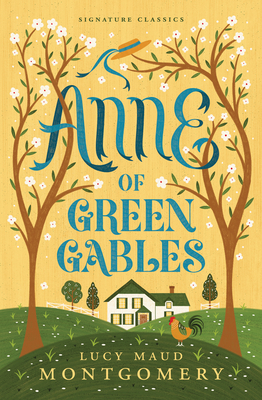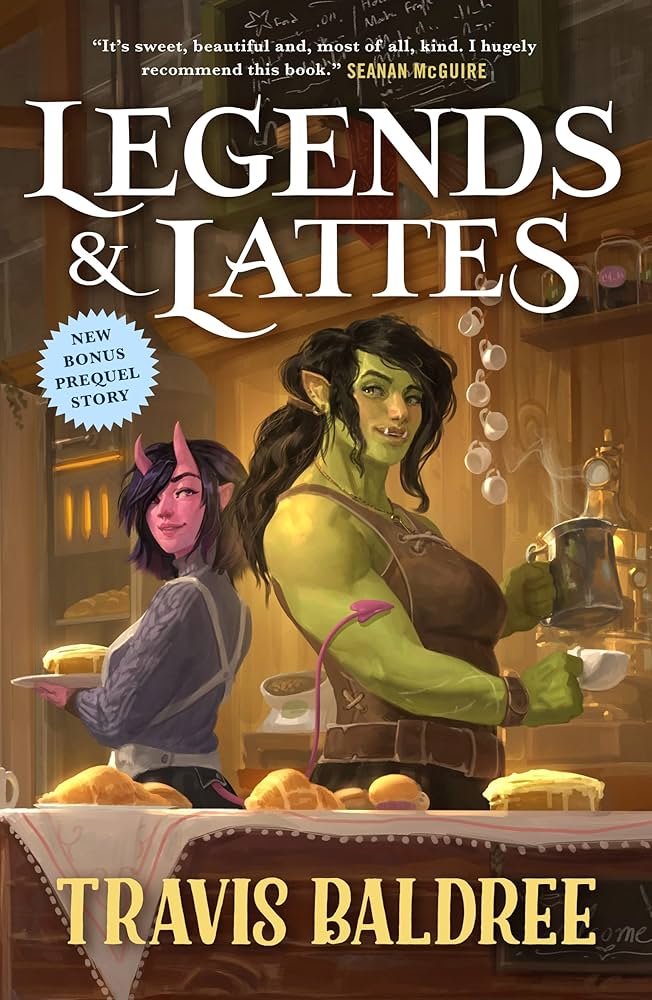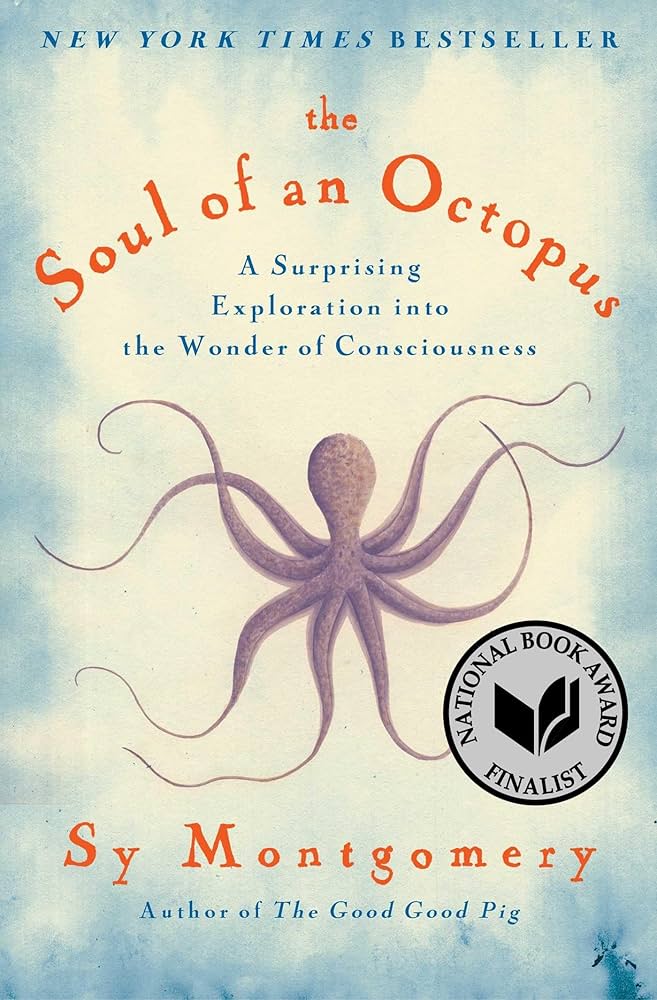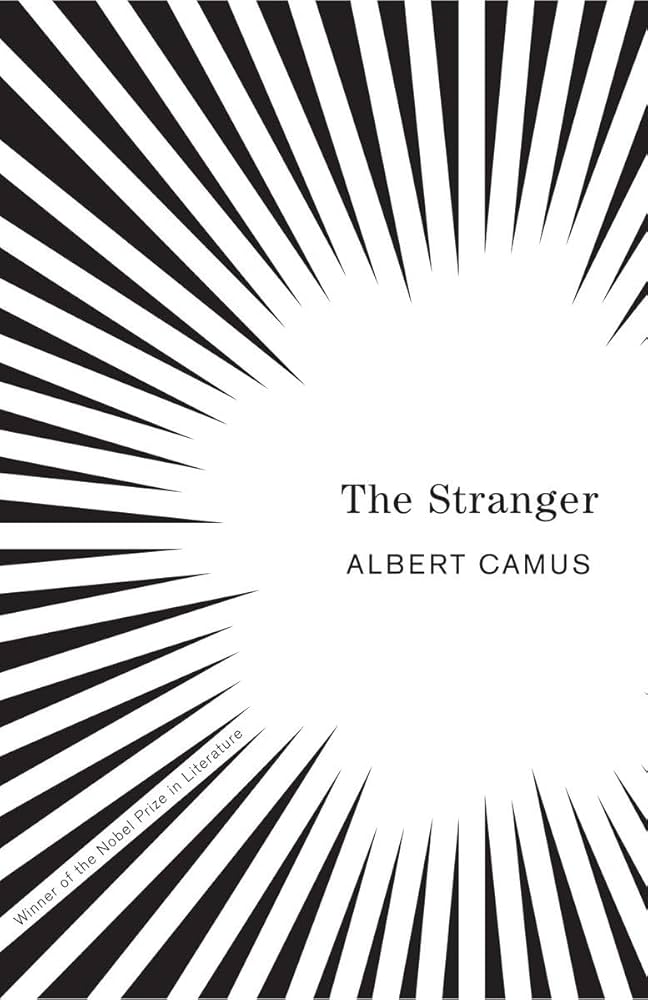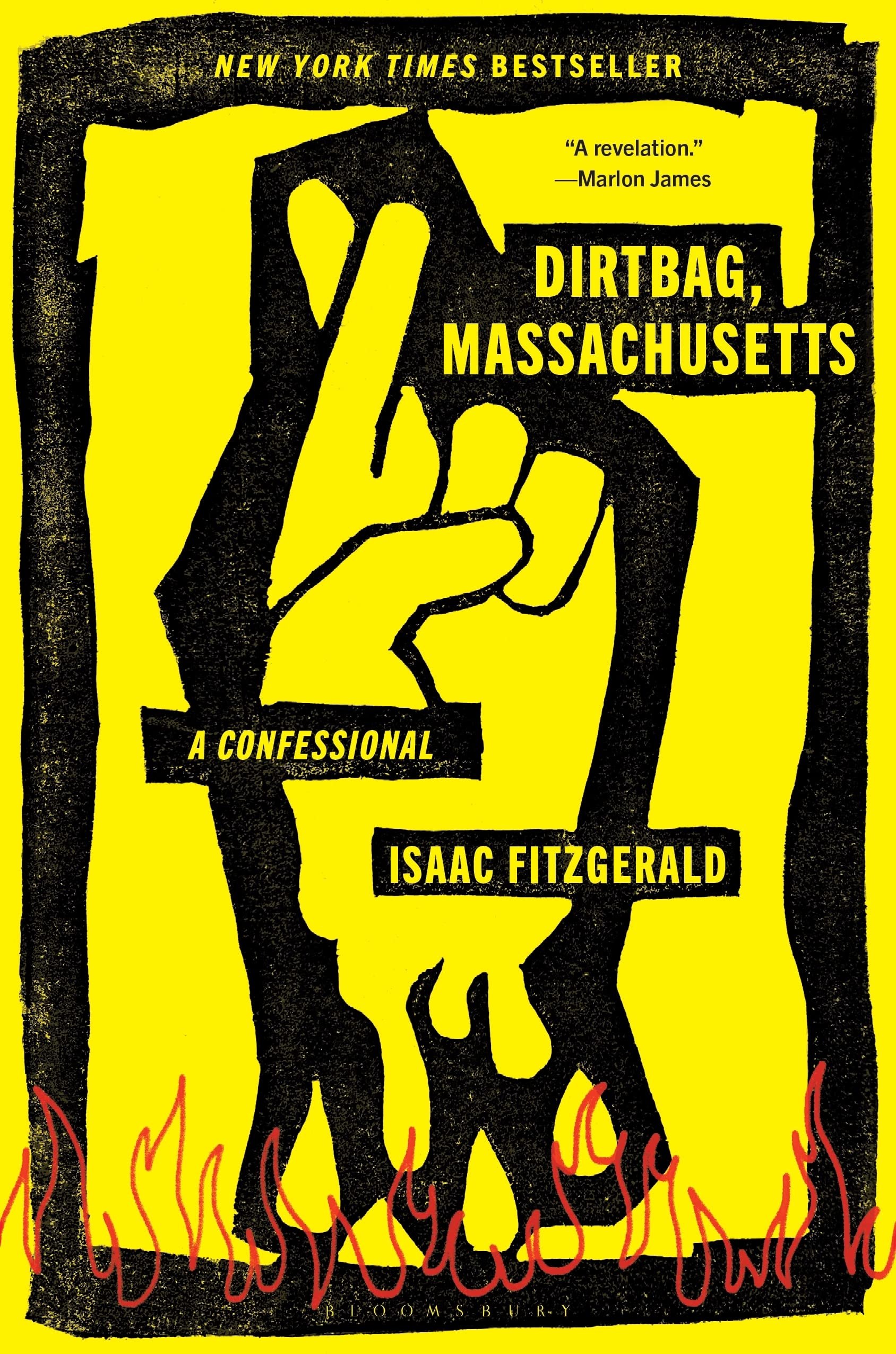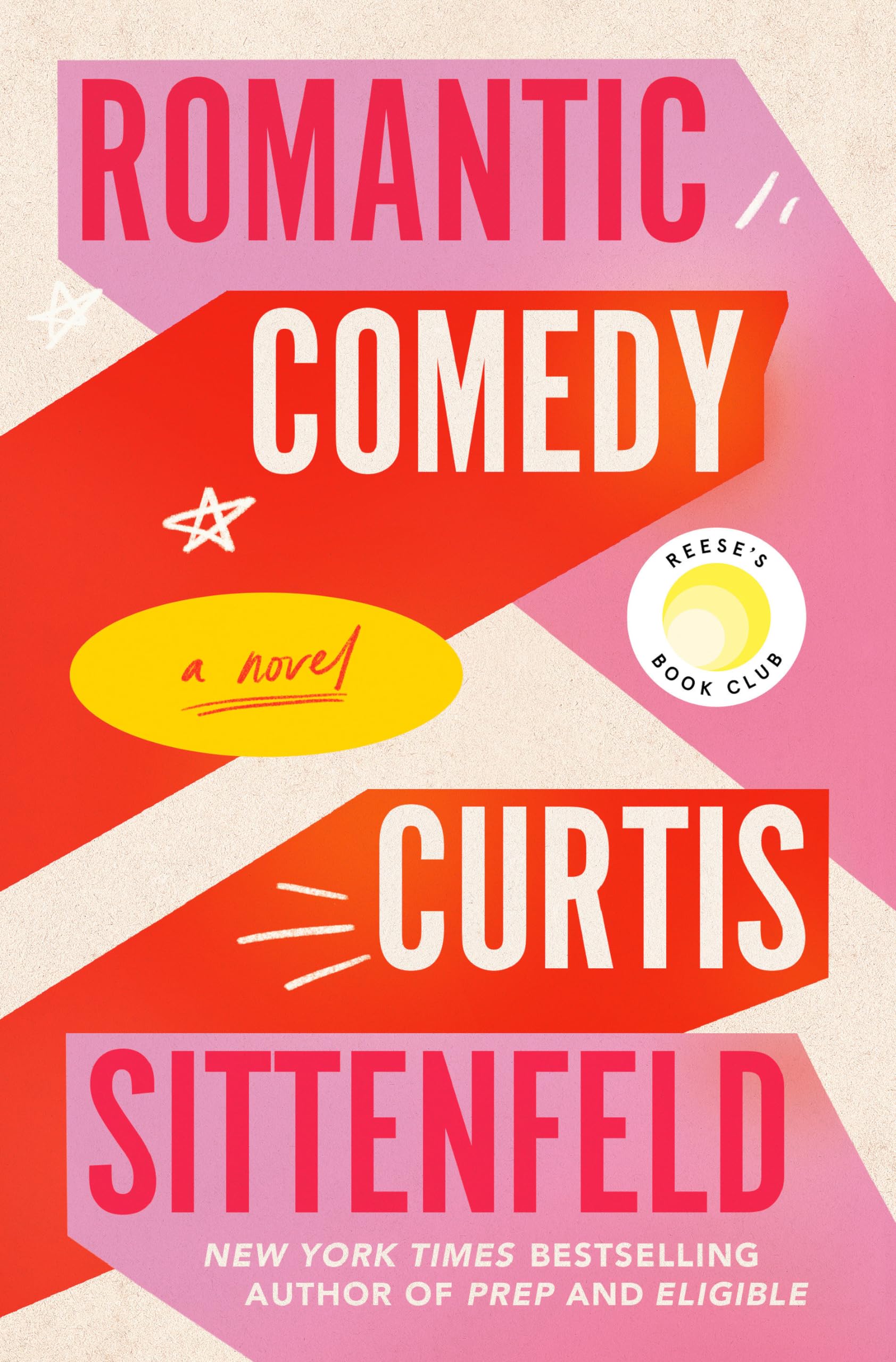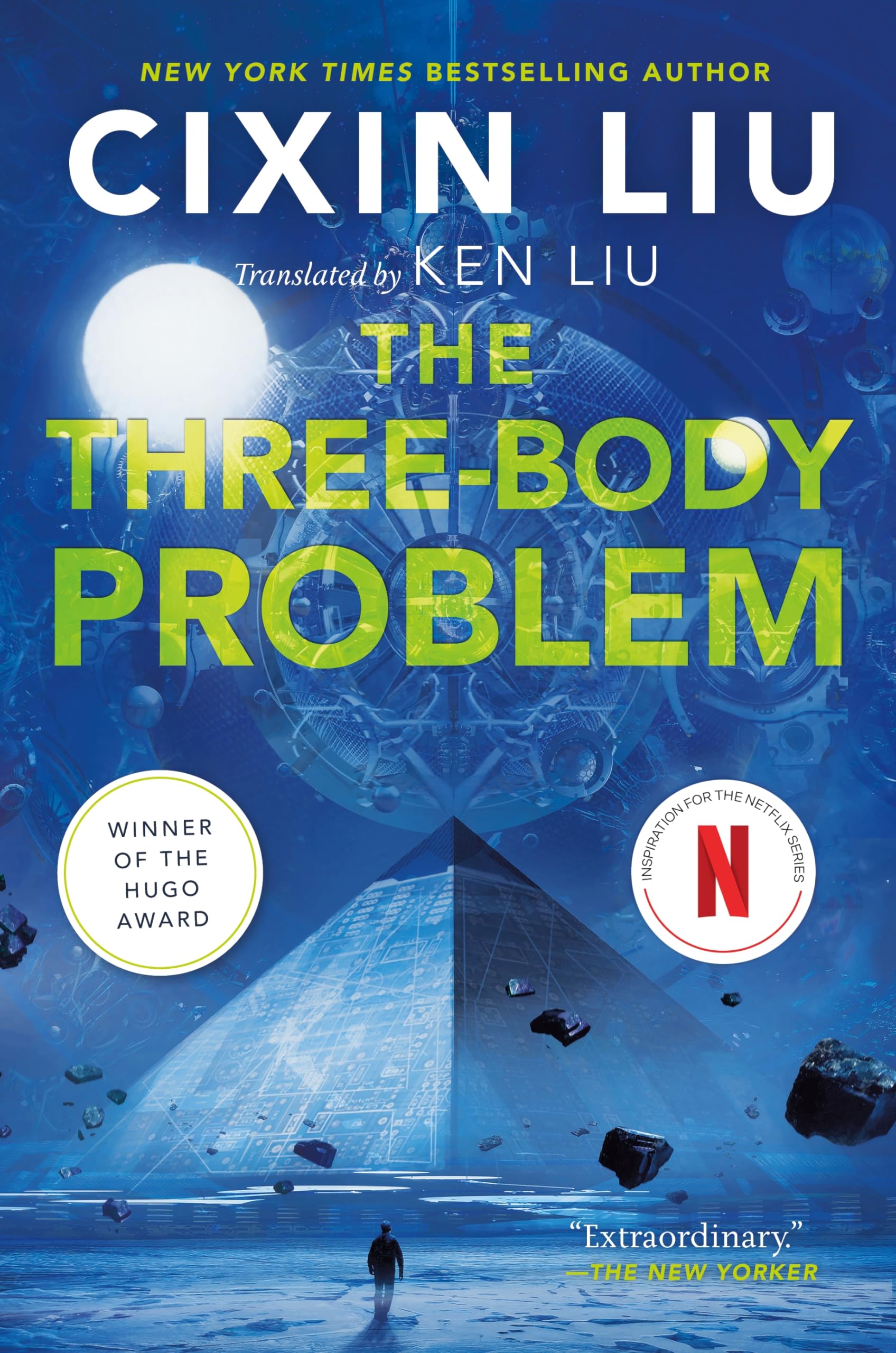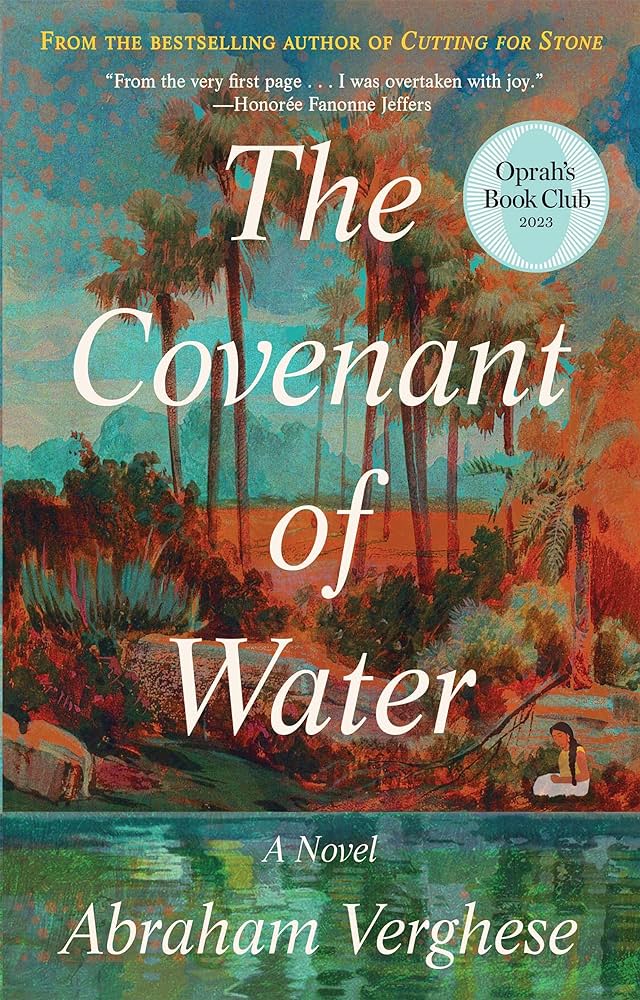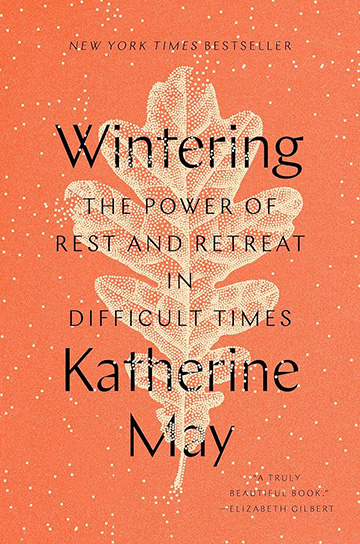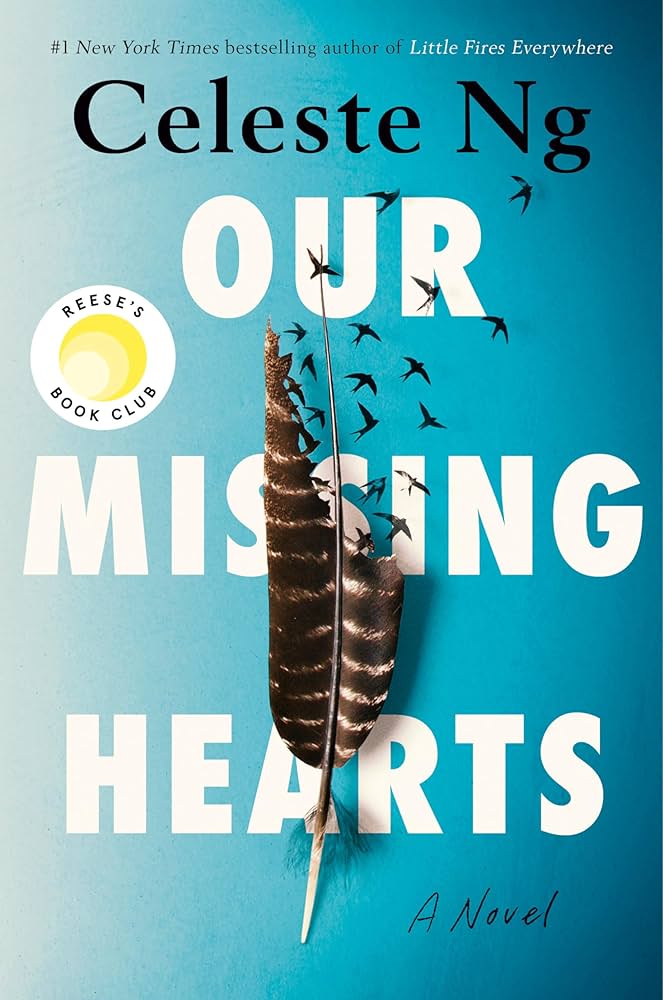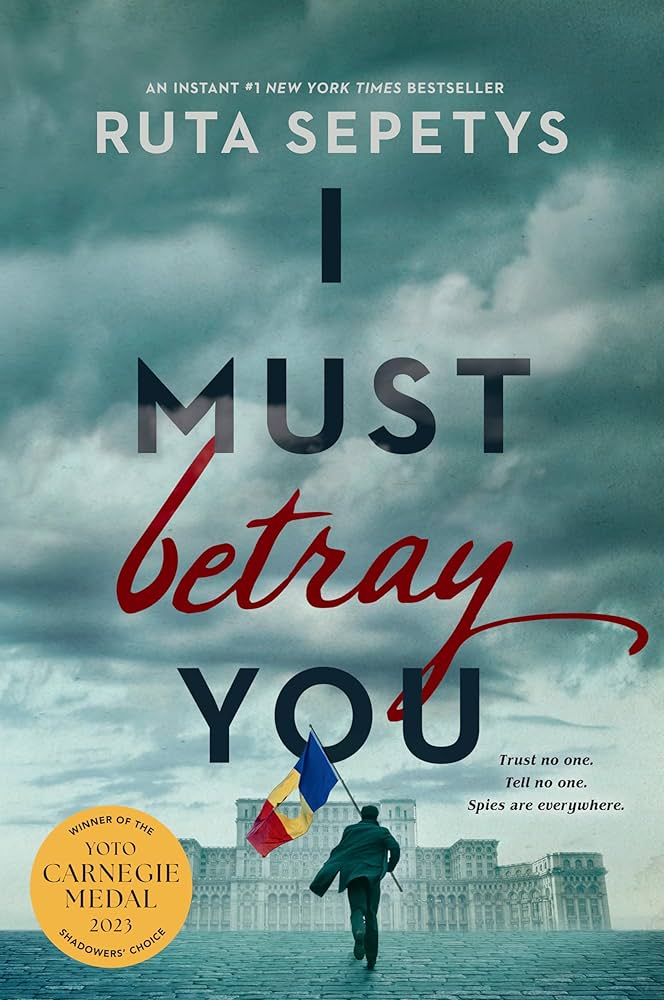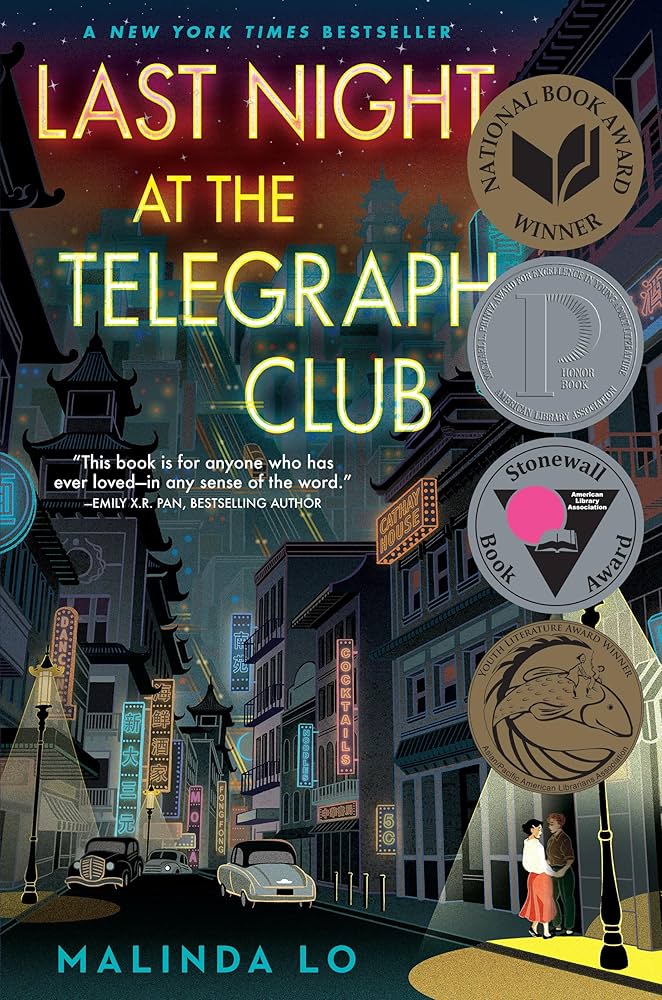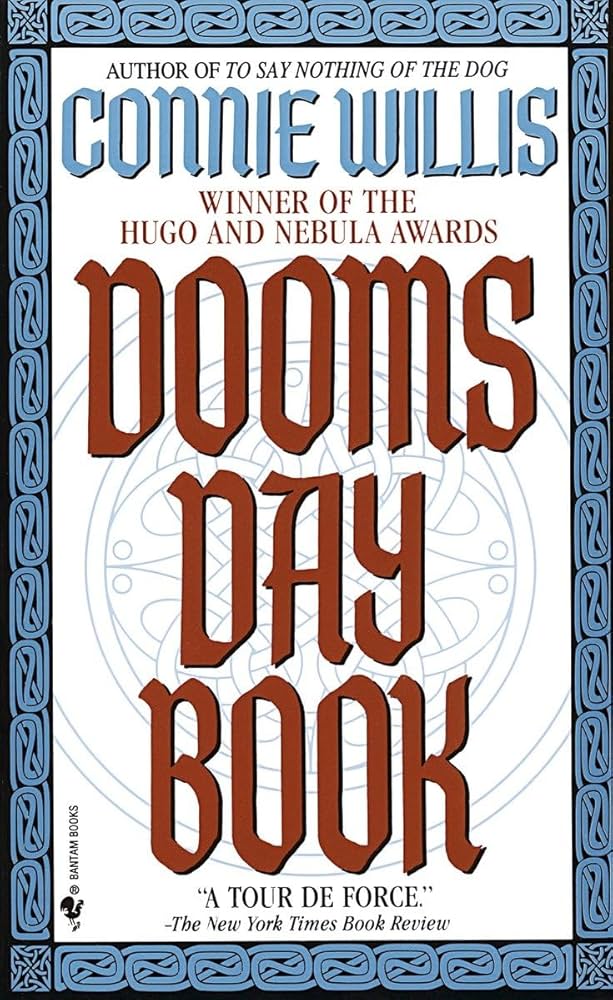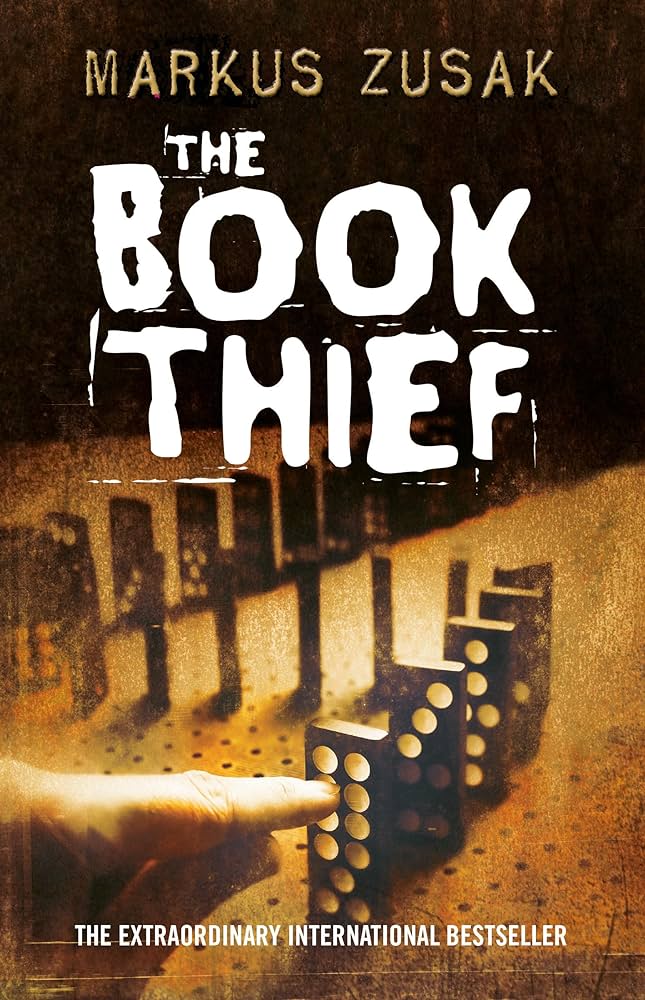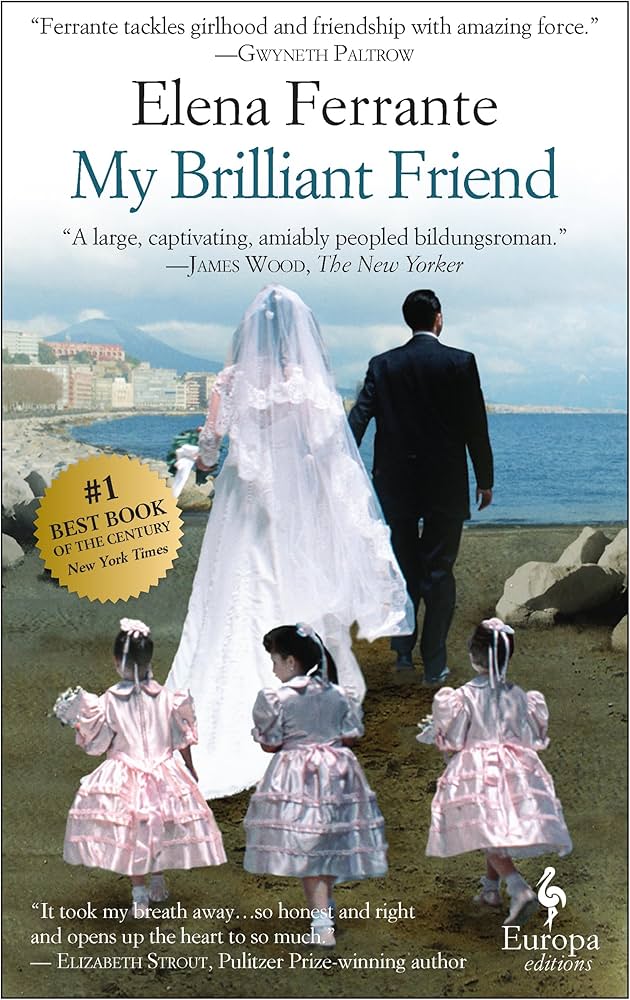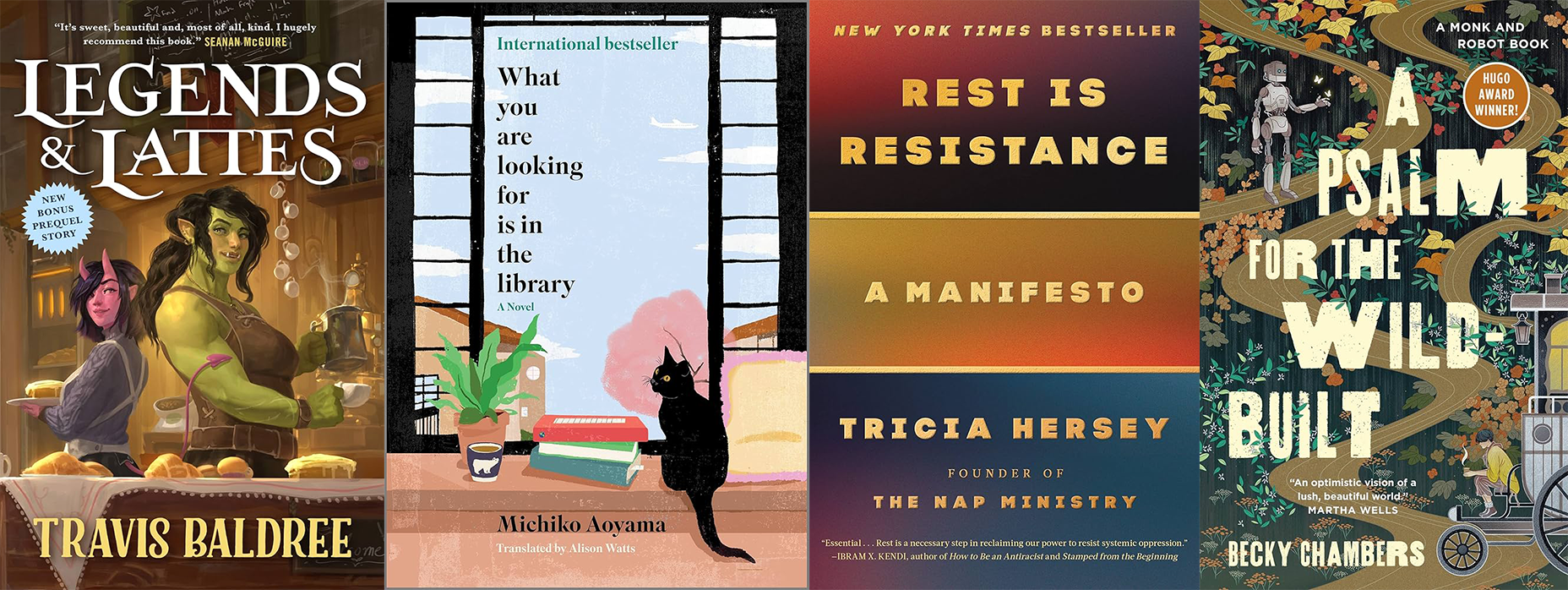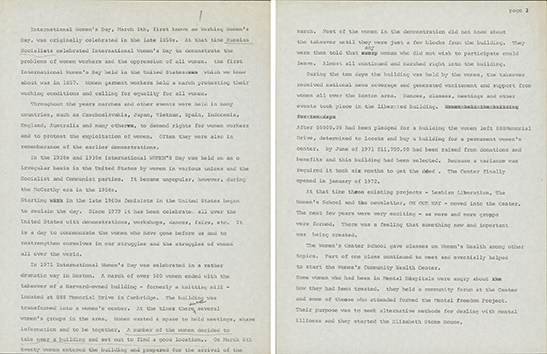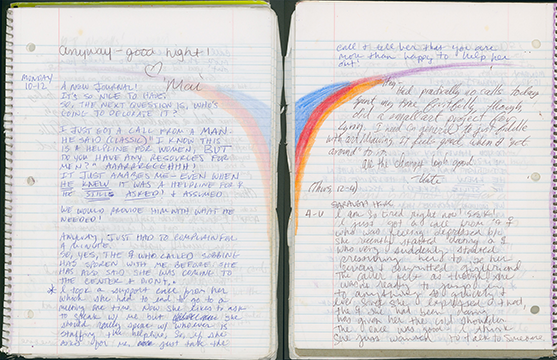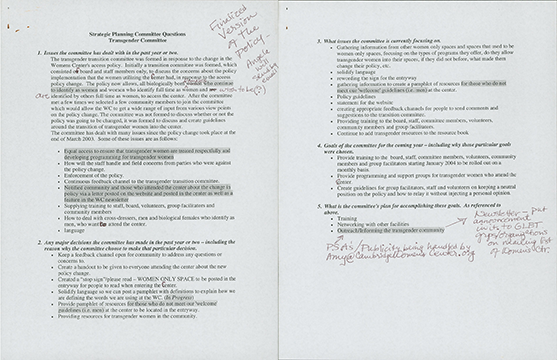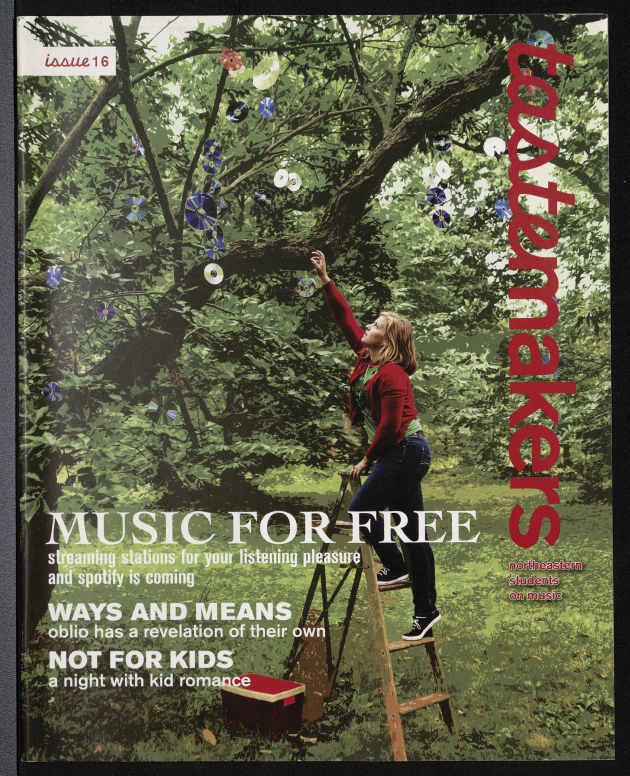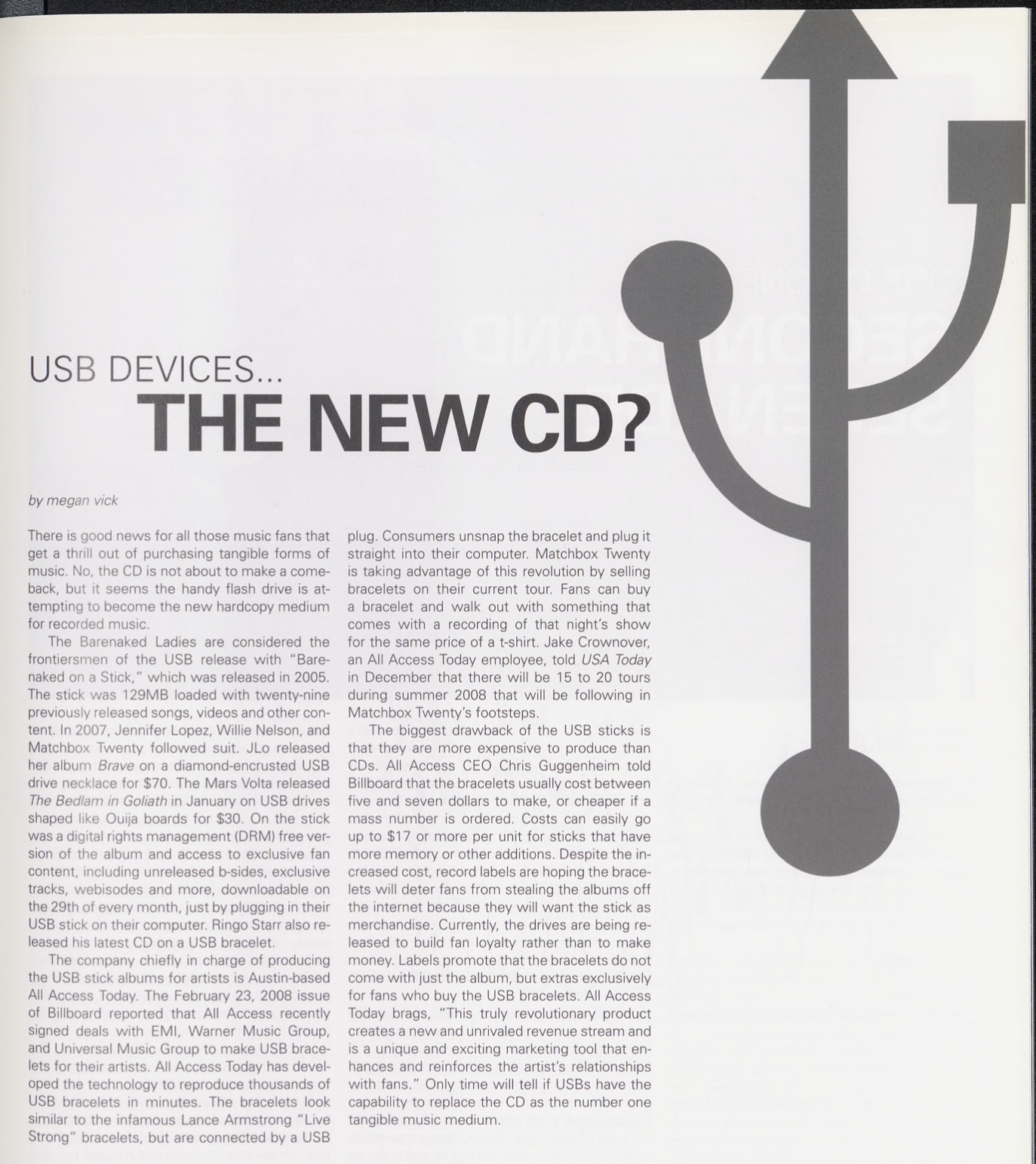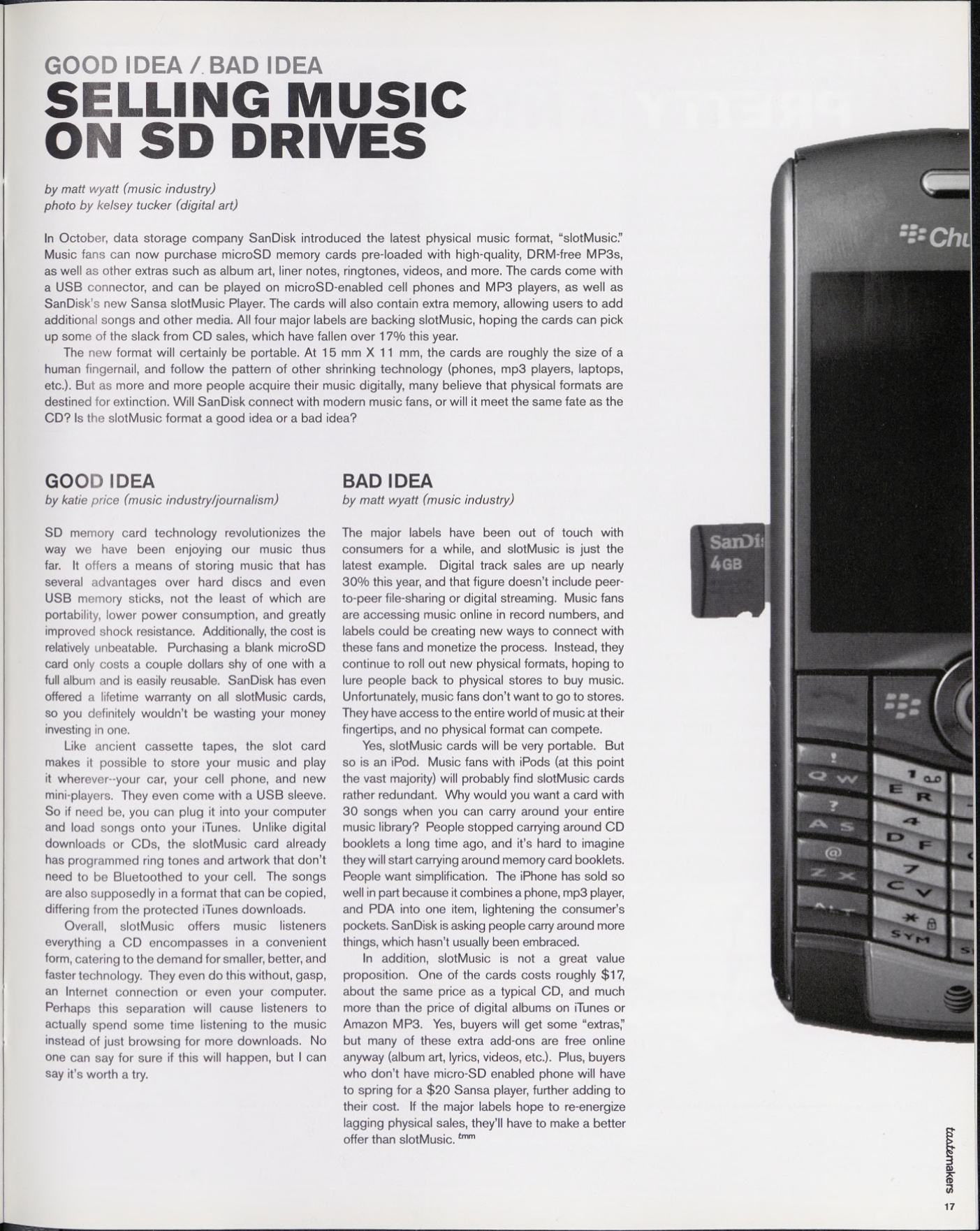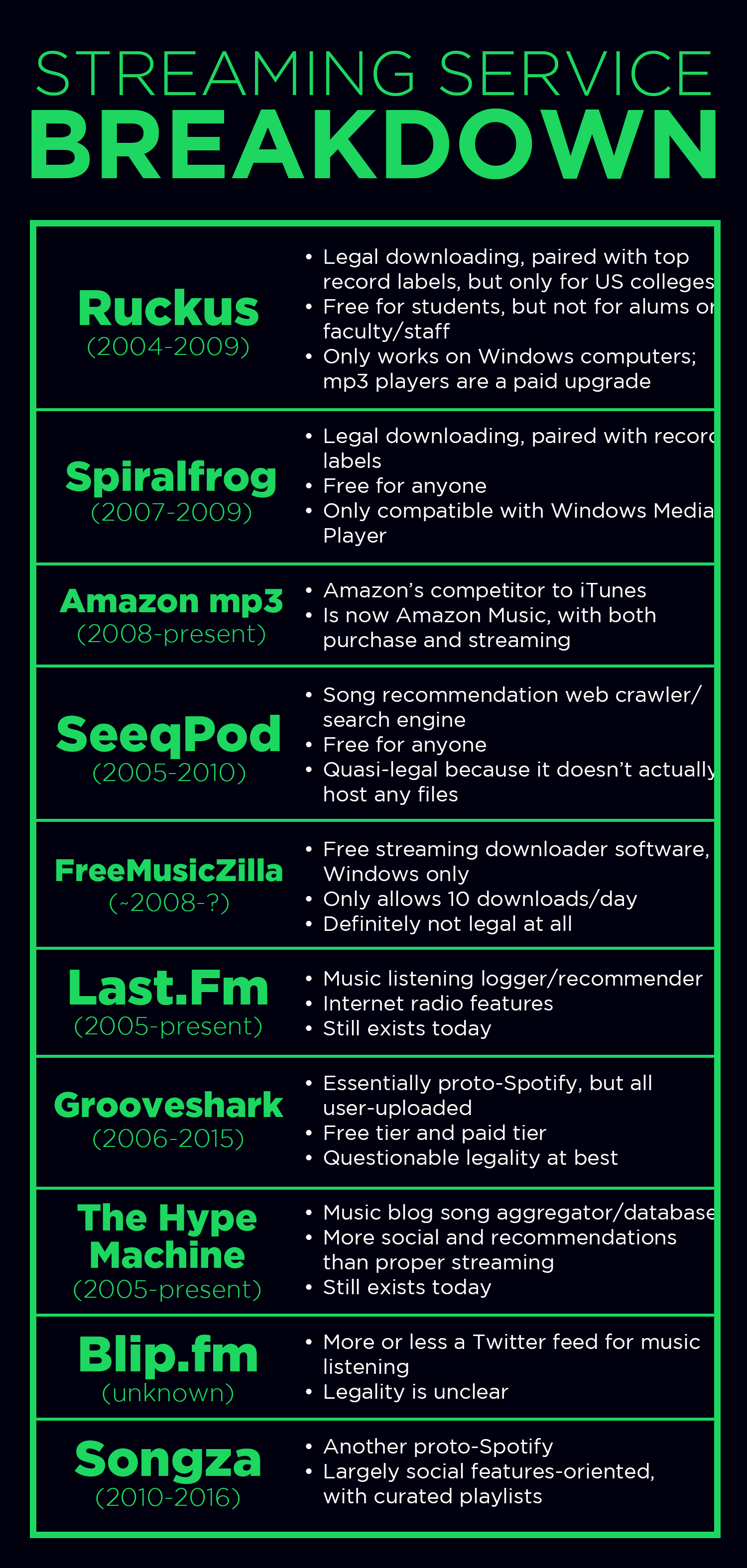Congratulations to Manju Selvakumaran, our November winner, who won a finals week care package!
With only December left to go, the 2024 Reading Challenge is almost over! Congratulations to everyone who has participated this year. If you’d still like to join us, make sure to read a book in December and tell us about it! For more chances to win, make sure to track your reading with the Massachusetts Center for the Book, too.
The November theme was “a relaxing or soul-soothing book.” Here are some of the books you enjoyed:
What You Read in November
Anne of Green Gables, Lucy Maud Montgomery
Find it at Snell Library | Find it at F.W. Olin Library
“Anne of Green Gables is one of those rare books that captures your heart from the very first page and refuses to let go. I was so engrossed in Anne’s world, her vivid imagination, and her journey in Avonlea that I couldn’t put the book down — I finished it all in a single day! This book isn’t just a story — it’s an experience that leaves you feeling uplifted and grateful for life’s simple joys. If you’re looking for a novel that’s full of charm, humor, and heart, I can’t recommend Anne of Green Gables enough. It’s a journey you won’t forget!” — Lavanya
“This was my first time reading this classic novel, and it was certainly soul-soothing. What better way to spend a weekend than in the gorgeous gardens of Anne’s friends in Avonlea?” — Bianca
Legends & Lattes: A Novel of High Fantasy and Low Stakes, Travis Baldree
Find it at F.W. Olin Library | Read the e-book
“It was just the most charming little story about a coffee shop and friendship and coffee.” — Sahil
The Soul of an Octopus: A Surprising Exploration into the Wonder of Consciousness, Sy Montgomery
Find it at Snell Library
“Something I would not normally read that I picked up in Cape Cod. Did you know it is octopuses, not octopi?” — Eva
The Stranger, Albert Camus
Find it at Snell Library | Find it at F.W. Olin Library
“Soul soothing because this is my favorite book. I reread it every time I need to reset myself. After midterms, I was stressed and needed to calm down, so I reached back to this.” — Svetlana
And What to Read in December
December’s theme challenges readers to explore new frontiers: “read a well-reviewed book in your least favorite genre.” Is it finally time to pick up that classic fantasy or sci-fi, or find out what all those romance fans are talking about? Here are some suggestions from the library.
If your least favorite genre is…
MEMOIR
Dirtbag, Massachusetts: A Confessional, Isaac Fitzgerald
Find it at Snell Library | Read the e-book
“An endearing and tattered catalog of one man’s transgressions and the ways in which it is our sins, far more than our virtues, that make us who we are.” — New York Times
“It takes a great deal of trust to commit one’s shames — and more than that, the shames of others — to the page with honesty. Messily, lovingly, Fitzgerald lays it bare.” — L.A. Review of Books
ROMANCE
Romantic Comedy, Curtis Sittenfeld
Read the e-book
“While Sittenfeld knows the dramatic value of putting obstacles in the path of characters you’re rooting for, she also isn’t above giving readers what they want — and that’s exactly what she does in this affable, intelligently crafted tale of work and love.” — Guardian
“Sittenfeld deftly toggles between deconstructing a well-worn genre and leaning into its most predictable beats.” — The Atlantic
SCIENCE FICTION
The Three-Body Problem, Cixin Liu, translated by Ken Liu
Find it at Snell Library | Find it at F.W. Olin Library | Listen to the audiobook
“If The Three-Body Problem […] helps bridge the gap between Eastern and Western SF (science fiction), it will have performed a great duty for the literary world. But as a science-fiction epic of the most profound kind, it’s already won. — NPR
“Remarkable, revelatory and not to be missed.” — Kirkus Reviews
HISTORICAL FICTION
The Covenant of Water, Abraham Verghese
Find it at Snell Library | Read the e-book | Listen to the audiobook
“I would happily spend months on end with [this book] and I cried when it was done. While I don’t entirely believe in Verghese’s characters, I am moved by how much he loves them and, in so doing, makes the reader love them. It is a better world for having a book in it that chronicles so many tragedies in a tone that never deviates from hope.” — New York Times
“Verghese’s compassion for his ensemble, which subtly multiplies, infuses every page. […] Writerly strokes may occasionally feel broad, but like animate oil paintings, their effect is rich and reverberant. The further into the novel readers sink, the more power it accrues.” — Washington Post
SELF HELP
Wintering: The Power of Rest and Retreat in Difficult Times, Katherine May
Listen to the audiobook
“There is so much to treasure here…I love the surprises of the book. Most of all, it is about the comforts of language. Reading is like slipping into a fur coat. May could protectively convince us of anything — the pleasures of cold weather, slow days, dusty libraries. They all start to seem like prizes and her sensual connoisseurship is a joy.” — Guardian
“Wintering does us the great service of reminding us that we are not alone in feeling undone. And although May’s book doesn’t offer a neat, easy ending in which she miraculously feels better, she does offer hope, an antidote to her tendency to ‘feel like a negative presence in the world.'” — New York Times
THRILLER
Our Missing Hearts, Celeste Ng
Find it at Snell Library | Listen to the audiobook
“I won’t give away the splendid conclusion of Ng’s book: suffice it to say, the climax deals with the power of words, the power of stories and the persistence of memory.” — New York Times
“Our Missing Hearts is saddled by grief. But it is also propelled by hope, less a grim prognosis of the future than an impassioned call for a full reckoning with the past.” — NPR
“Taut and terrifying, Ng’s cautionary tale transports us into an American tomorrow that is all too easy to imagine — and persuasively posits that the antidotes to fear and suspicion are empathy and love.” — Kirkus Reviews
If you need more inspiration and are on the Boston campus, visit our table December 10th and 11th to check out books and get librarian recommendations.
Make sure to tell us about your book before the end of the month for a chance to win the prize drawing. For additional chances to win, log your reading with the Massachusetts Center for the Book, too!
As always, happy reading and good luck in the December Reading Challenge!
